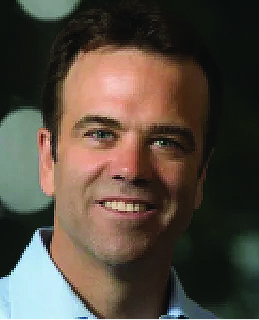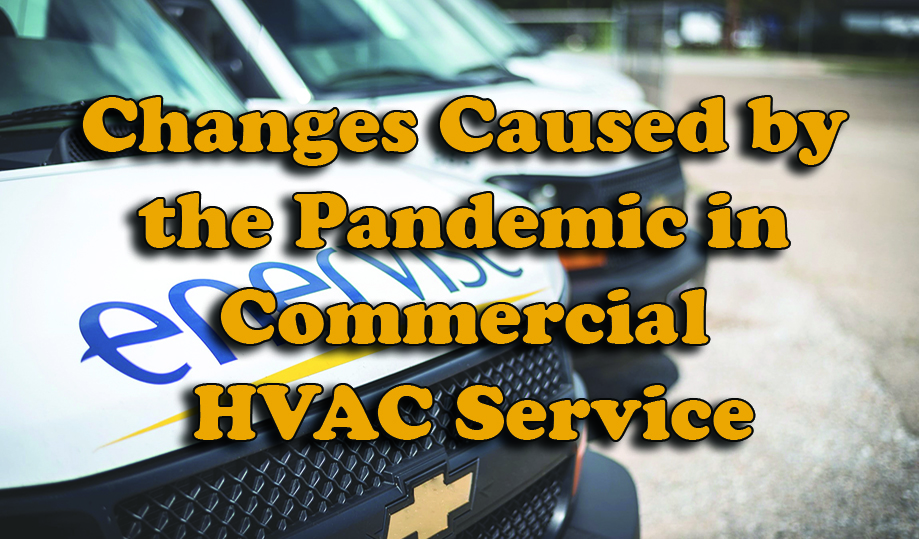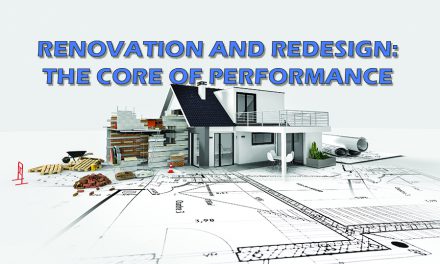In the aftermath of the COVID-19 pandemic, the question for us as commercial HVAC service contractors is whether the public awareness and need for good indoor air quality (IAQ) will remain strong or fade into memory. Our industry knows what it takes to provide proper indoor air quality for commercial owner-occupied buildings, and we’ve substantiated that in our ASHRAE standards and codes.
What changed was how the pandemic brought awareness to IAQ favorably and positively. This situation forced us as contractors to react to the marketplace, and the market was telling us that occupants wanted confidence that their offices and workspaces were healthy environments.

president,
Enervise, LLC.
During the pandemic, one of the key desires among building owners and managers was to create a healthy indoor air environment that reduces virus transmission. Pre-Covid, most people didn’t give much thought to filtration even though ASHRAE Standard 180P recommends Merv 8 filters. During the pandemic, building owners suddenly understood the difference between good and poor filtration. Some of our customers began requiring Merv 13 or even 15 filter replacements.
IAQ Awareness and Demand Increases
We also saw increased demand for air purification either through ultraviolet germicidal irradiation or bipolar ionization devices. Sales of those types of air handler renovations increased significantly. And as the pandemic grew, IAQ demand by building occupants increased.
Here in Ohio, we saw the Columbus Teachers Union go on strike, not necessarily for more money but for better working conditions. Among those conditions was the demand for better comfort and indoor air quality.
These demands increased business for commercial HVAC contractors but also increased potential problems. By enhancing filtration, you increase static pressures as well. As a professional contractor, you must do the engineering calculations to ensure the air handler and duct systems can handle that increase.
Also, when you enhance dilution, you’re bringing in more outside air, so additional problems can arise. We saw increasing complaints because of higher humidity, especially in the summertime. Not all air handlers are meant to take more than X-percent additional outside air.
During the height of the pandemic, we explained to customers how there’s a balance to all of this. We showed how customers might see increased energy costs from some of these solutions even though they enhanced indoor air quality. Our company, Enervise, created a Return with Confidence Report, which is essentially a healthy building assessment checklist. We use this report with building owners and operators to list their HVAC assets. We also use it to develop an approach to ensure we don’t change the use of their HVAC and ventilation system design to the point where it would negatively affect comfort or operation.
Click Below for the Next Page:













Recent Comments